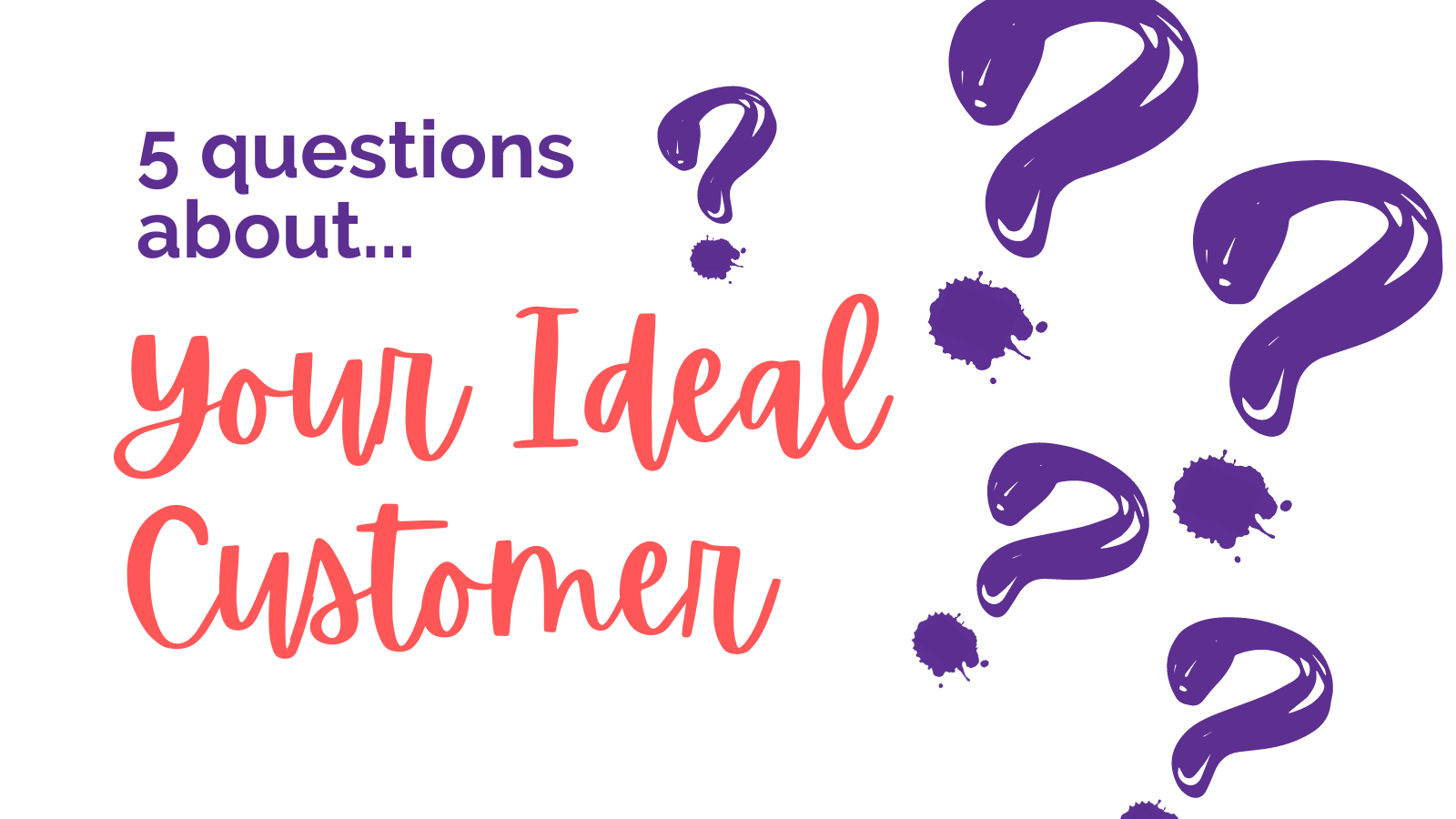“Know your audience” is Marketing Mantra #1. But how exactly do you do that? We posed that question to David LaCombe, fractional CMO and the driving force behind Imperatives Delivered, and boy…did he deliver.
How does an organization get started in understanding their ideal customer?
Getting started sometimes feels harder than it really needs to be.
When it comes to understanding your ideal customer, I prefer to begin with simplicity and let the process naturally unfold.
Begin by observing your customers in action. Observe their behaviors, interactions and preferences. Take note of patterns and trends that emerge. As you gather these initial observations, you can start forming hypotheses about their needs and desires.
Next, prepare conversations with your customers. Ask open-ended questions and listen attentively to their responses. Let them guide the conversation and share their perspectives. Through these organic interactions, you’ll gradually gain deeper insights into their motivations and pain points.
Remember, understanding your ideal customer is an ongoing journey, and by embracing a process of curiosity and openness, you’ll unlock invaluable knowledge along the way.
What does that look like on a tactical level?
You may be surprised when I suggest you should begin inwardly first. I believe it is so important for company leaders to be perfectly clear on their company’s core focus. This is your why statement.
When you are clear about your company’s why it becomes much easier to narrow your focus on ideal customers.
Next, I suggest you identify customers who closely match your core focus. This is the group that you need to understand deeply. Assemble a list of ideal customers and ask for 30-40 minutes of their time for an interview.
Make it clear that this is not a sales call. In fact, sellers should not be on this call.
When you connect, begin with this simple question: “Take me back to when you decided you needed to buy a service or product like ours. What was driving that need?” This question sets the tone for a dialog about their needs, what results they were seeking, perceived barriers, decision criteria and their buying journey.
Where do companies commonly go wrong during this process?
The most common mistake companies make in understanding their ideal customer is being lazy. They either buy a report or make stuff up. This is a self-inflicted wound that should be avoided.
The surest way for a persona to sit on a shelf is for someone to document their assumptions about the ideal client. It looks something like, “This is Mary. She is 45, married with two children. She is college educated and has worked as a procurement manager for eight years. Mary is overworked and needs a solution that matches every feature in our portfolio.”
This is not the way. Our opinions about customers are interesting, but they do not matter.
We must prioritize the customer-centric discipline of actually talking to customers about their needs.
What if they have more than one ideal customer?
Chances are you will have more than one ideal customer. The discipline of gaining insights is the same as when you have only one ideal customer. Be clear on your core focus, identify ideal customers who have bought from you in the past, and commit to interviewing them.
One word of caution. Avoid a situation where two or more ideal customers cannibalize your pipeline. Recently, I worked with a technology company that grew their portfolio rapidly and it included solutions that competed against each other. Customers were confused; sales teams were confused, and the sales pipeline suffered.
Business can get confusing when it scales. Simplify whenever possible.
How does a company act on this data once they have it?
You will gain actionable insights from interviews with customers.
The first step is to aggregate the insights. This process helps to form what is known as a buyer persona. The persona reflects the needs and behaviors of a segmented group of customers.
Once you have your first validated persona, it is time to socialize the insights with sales and marketing teams. It is important to position the personas as valuable intelligence. Help stakeholders understand the process by which you gained the insights. When you have their buy-in, you create momentum. Now that stakeholders value the insights, you may use the insights to enable your growth strategy.
Buyer persona insights inform your brand’s differentiation, and so much more. Consider using them to update your content strategy, customer experience, sales processes and marketing campaigns.
Many thanks to David LaCombe for sharing his wisdom on understanding your ideal customer. Have an idea for a future 5 Questions About… feature? Email askusanything@fahouryink.com and we’ll get it in the queue.

